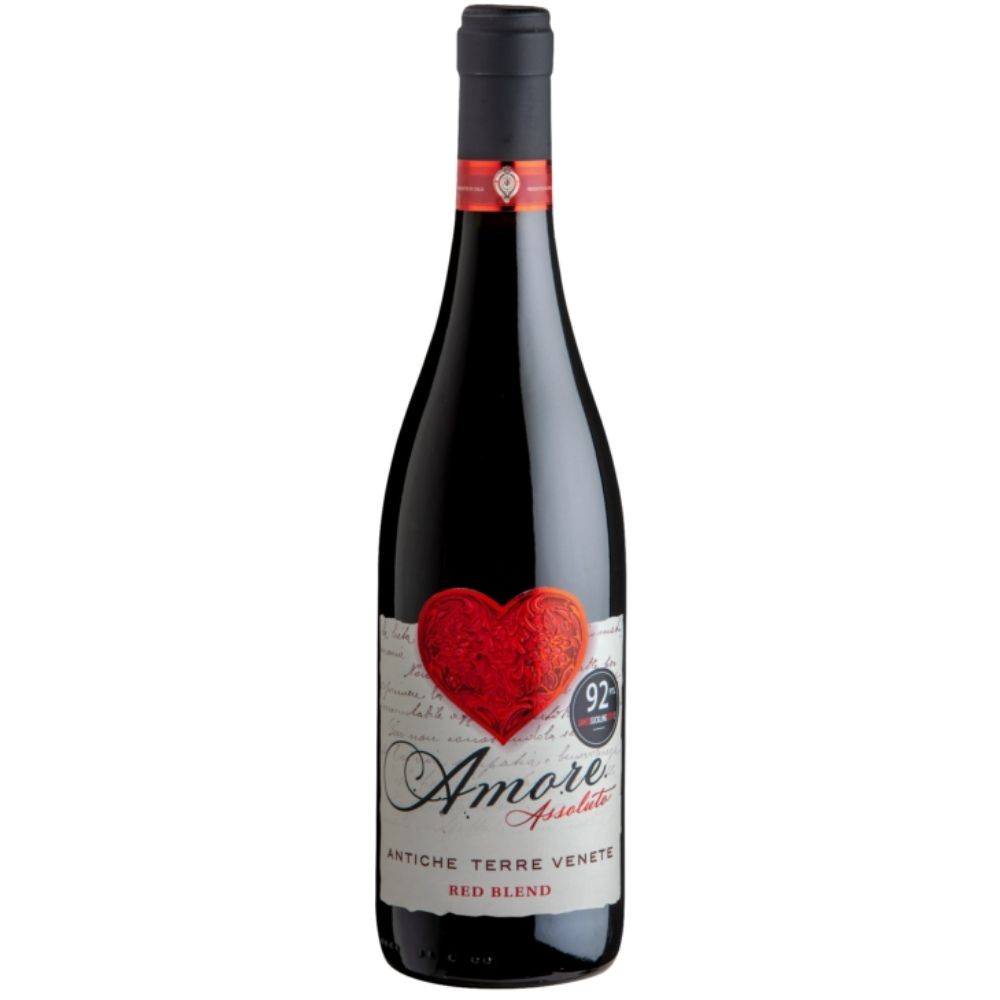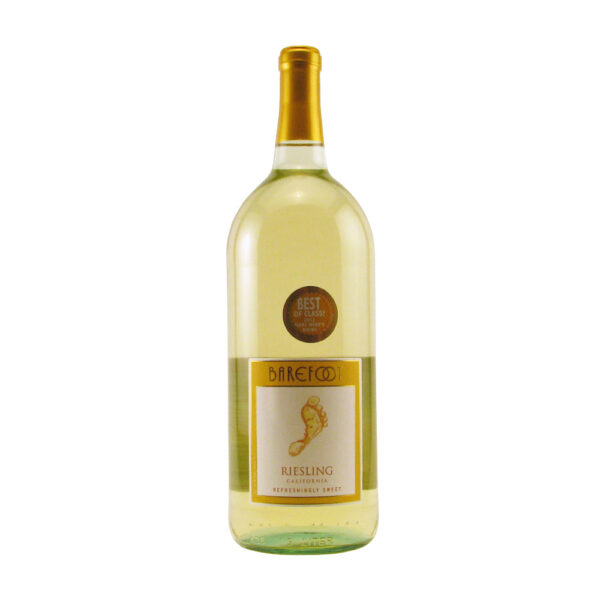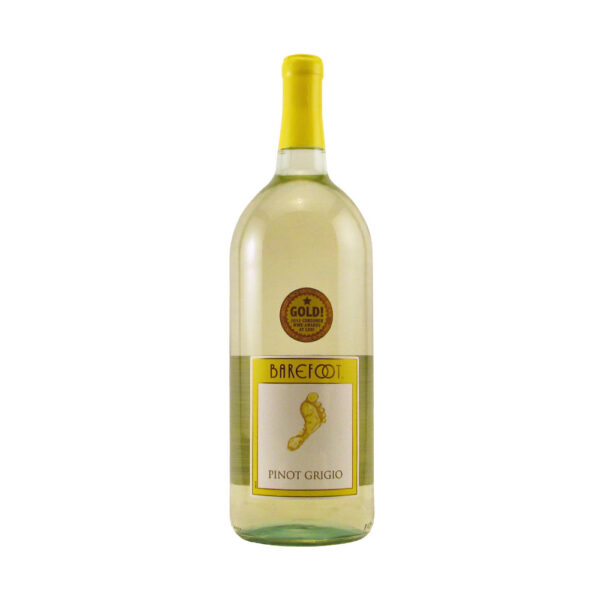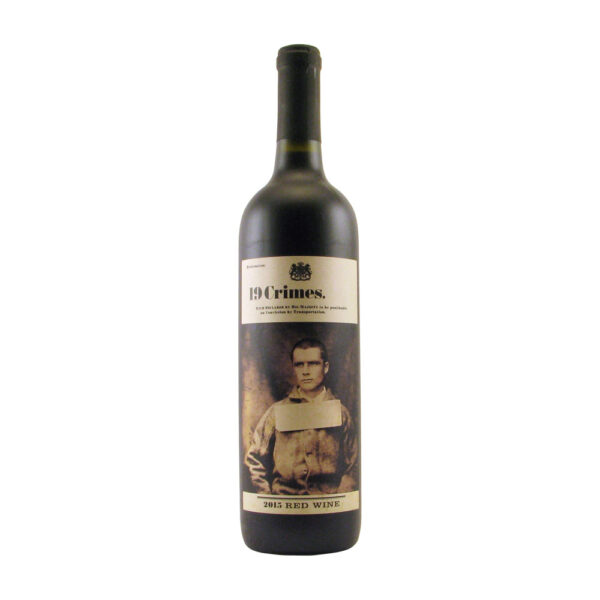Description
Antiche Terre Amarone 750ML
Just ad deep and assoluto as the Veronese love between Romeo and Juliet, so profound are the aromas of luscious fruit in this Amore Assoluto. Young aromas of fresh fruit emerge as if pressed straight out of the sunny Italian slopes where the grapes matured. Sensual sweetness, strong distinct character of both fruit and spice offer a generous, long and smooth finish.
Best served at least one hour after opening!
Antiche Terre Amarone Notes To Your Senses:
- APPEARANCE: Intense ruby purple
- AROMA: Spicy of plum and cherry and a hint of raspberry
- TASTE: Vanilla, spiciness to fruit flavors such as blackberries and plums
- ABV: 13.5%
- PAIRING: Most red meat, both grilled and braised, as well as with a good aged cheese
Red Wine:
Bringing out the best aromas and flavors of red wine can be achieved through the correct storage of temperature, generally between 50 to 55 degrees. Of course, this is a general rule of thumb as it depends on the grapes used when producing wine. There are so many health benefits due to the tannin. Procyanidins are a type of condensed tannin that is found in green tea and dark chocolate. Speaking of health young red wines are better than old as they have more tannin. However, as red wine ages, they become lighter. Very old wines are translucent and pale.
Vitis vinifera originating from Eastern Europe makes up most of the common varieties of red wine. The aromas of red wine come from grapes only. Cherry, berry, jam, and herbs are all from fermented grapes and wine aging in oak barrels. Pretty simple for such a rich, complex, and tasteful wine!
Italy:
Italy has adopted a rigorous controlled appellation system that has strict controls with regulations governing vineyard quality, yields per acre, and aging practices just to name a few. There is over three hundred DOC (Denominazioni di Origine Controllata) and DOCG (Denominazioni di Origine Controllata e Garantita) wines today. There are over five hundred classifications IGT (Indicazioni Geografica Tipica) wines are factored in too. Depending on the region of Italy, you’ll have a better idea of what types of wine are produced.
In the North, the Italian Alps lay against long expanses of the Po River plains. Tiny pockets and microclimates along the mountains link to their very own special wine. It always seems to be a fight between nature and wine, but wine continues to win as it has an extraordinary ability to age.
Central Italy delivers many more exciting wines such as Sagrantino from the Umbrian town of Montefalco, dense and dark Montepulciano from Abruzzo, and white Verdicchio from Le Marche.
Southern Italy, specifically Sicily has native grapes like Nero d’Avola (red) and Grillo (white). Grillo is used to produce fortified wine, Marsala. Sicily has a relaxed regulation with an increased experimentation which make the “new world” wine region, while perfectly locked within the confines of an “old world” wine reality.
Master Sommelier Little Known, Big Facts:
- The color of wine depends on the fermentation extracts using skin, like Red wine as compared to white wine, leaving the skin behind
- The oldest bottle of wine dates back to A.D. 325; it was found in Germany inside two Roman sarcophaguses
- The worst place to store wine is usually in the kitchen because it’s typically too warm, in refrigerators, their warmest setting can be too cold
- Richer heavier foods usually pair well with richer, heavier wines; light wines pair with lighter foods
- Generally, a vintage wine is a product of a single year’s harvest, not when the wine is bottled
- A “dumb” wine refers to the lack of odor while a “numb” wine has no odor and no potential of developing a pleasing odor in the feature
- If a server or sommelier hands you a cork, don’t smell it, look for the date or other information ( mold, cracking, or breaks)
- Tannin is a substance that tingles the gums when you indulge your palate with a sip of wine, it’s an excellent antioxidant
- Smell is by far the most important sense when it comes to drinking wine
- Wine was first developed in Mesopotamia, not France
- French wines are labeled following the soil on which they are produced, not according to the grape used
- When chilling wine, adding salt to ice will cool it down faster
Warnings:
You must be 21 or over to purchase this product
Instructions:
Best decanted for an hour and served in a large deep glass






Reviews
There are no reviews yet.